Visiting Art
Local Libraries Double as Art Destinations
Written by FRANCIS KIDD
Art, in all its forms, has been a critical part of our culture and society since the first drama was produced in Greece in the early sixth century. From visual art to music, dance, creative writing, dramatic and comedic theater, art has enriched our lives, inspired us and given us great pleasure.
The pleasure felt from experiencing art, as well as creating it, has been shown to have a positive impact on an individual’s health. Art can lower anxiety and stress and improve an individual’s sense of connectedness.
Though art itself has been a constant in culture, how we experience art has changed through the years. From the early dramatic theater to museums and other indoor venues, we now can see great art online and take virtual tours of great art museums.
But not all art is found in museums or virtual tours. Visual art is now often found in libraries and other public institutions. In fact, reading and art have many things in common: they can reduce anxiety, transport the viewer or reader to other places, activate the imagination and educate.
Anyone who frequented the Coweta County Library System, the Carnegie Library or the Nixon Centre for the Arts before last March has seen different types of art under the same roof. For those who might wonder what reading has to do with art, Coweta County Director of Libraries Jimmy Bass explains: “We like providing art at our libraries because it offers additional stimulus for the brain. It is the same reason we offer music programs.”
How many times has a sentence started with “Before the COVID pandemic” during 2020 and into 2021? Usually the words that follow express something we once took for granted and felt we’d lost.
Children’s story times at the Carnegie and Coweta Library System branches are examples of activities lost in the pandemic. Also gone were live performances, art exhibits and children’s camps at The Donald W. Nixon Centre for Performing and Visual Arts.
Before COVID-19, local libraries offered a list of diverse events. Patrons could learn about applying for financial aid for college or the ins-and-outs of Medicare, or they could attend a book club. While some events take place systemwide, each branch develops its own programming. Some activities like storytime and crafts have become virtual events, but many were put on hold. As the institutions began to improvise, innovative ideas allowed them to continue providing services to the community.
After some time, county libraries reopened in phases with reduced hours. By the end of 2020, patrons could walk through and browse, which helped limit the number of visitors in the building. The branches continued curbside delivery, bringing books to vehicles for those who reserve online.
As part of the Coweta County School System, the Nixon Centre offers many exhibits and events geared to children. Some of those, like the annual summer Art Camp and exhibits, were conducted virtually.
“We also have art exhibits that are not related to the school system,” says Centre Director Cathe Nixon, mentioning that the Centre has hosted community and national artists.
Before the pandemic, visitors to The Carnegie Library could view art in the upstairs gallery and attend events with authors and artists. The art pieces, supplied by the Newnan-Coweta Art Association, were all for sale through the Association.
Un-Valentine Pin Cushion Doll
Grab and Go art kits were available at the Carnegie Library in February. Free to kids ages 11-18, they provided materials to make a pin cushion doll out of felt, buttons and thread.
According to Carnegie Director Susan Crutchfield, the staff fully embraced virtual events and found ways to present their programs in this new way. They started sponsoring two children’s story times per week and also prerecorded stories that were posted on Facebook.
Before COVID-19, copyright laws prevented the public from recording books to post online, said Crutchfield. “When the pandemic started, publishers began giving blanket permission for use of some of their authors’ work,” she added.
The Carnegie took advantage of virtual events to increase the frequency of Hometown Novel Nights from every other month to once a month. “We can bring in authors and audiences from remote places,” Crutchfield says.
“When things get back to normal” is another phrase heard a lot these days. While these organizations have adapted well, they look forward to getting back to normal.
“Our virtual events have been popular with students, and patrons love them,” says Nixon, “but art needs to be seen in person.” NCM


